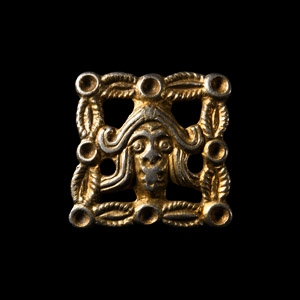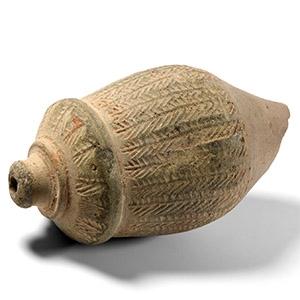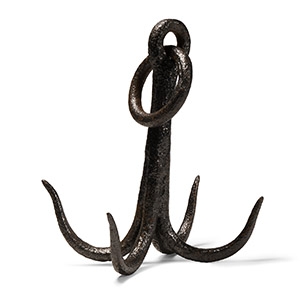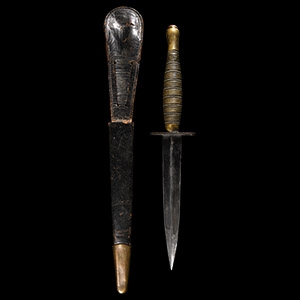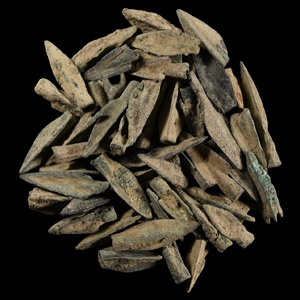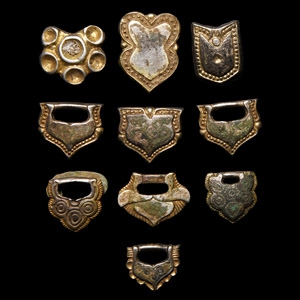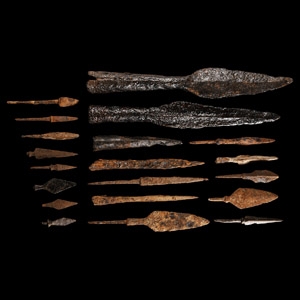Home > Auctions > 23 - 27 May 2023
Ancient Art, Antiquities, Natural History & Coins
Auction Highlights:
Ex German collection, Cologne, 1980-1990s.
See similar in Christie's, The Axel Guttmann Collection of Ancient Arms and Armour, part 1, London, 2002, p.34, no.31, p.36, no.33; Malekzadeh, M., Hasanpur, A., Hashemi, Z., 'Fouilles (2005-2006) a Sangtarashan, Luristan, Iran' in Iranica Antiqua, vol.LII, 2017, pp.61-155, pl.32, no.205.
The two holes on the shoulders of the blade provided attachment for a separate hilt. This could have been a penannular grip, which can be seen on some swords from Sangtarashan; or in north-west Iranian blades with rectangular guard and flanged hilt, where the guard was rivetted to the blade, like in some swords in the Axel Guttmann collection.
Acquired 1990s-early 2000s.
East Anglian private collection.
Cf. Calmeyer, P., Datierbare Bronzen aus Luristan und Kirmanshah II. Datierbare Gruppen (chronologisch geordnet), De Gruyter, 1969, fig.6, p.10, group 2, type A3 a, of the Calmeyer classification.
Unadorned weapons, especially axes, adzes and picks, were made by Luristan craftsmen using simple clay or stone bivalve moulds, into which was inserted a core to form the socket for the shaft. Typically, the metallic composition consisted of a combination of arsenical bronze and copper, together with a small percentage of lead.
Acquired in the 1980s-1990s.
Ex an important central London gallery, London W1.
Collected before 1970.
Ex gallery of C.M., UK.
Accompanied by an academic paper by military specialist Dr Raffaele D'Amato, dated 15 July 2019 and titled 'Eastern Roman Empire - Greek Fire Bomb or Hand Grenade (μεσαίον kακάβιον) 9th-11th century AD'.
Cf. Arendt, W. I., Granaten des 13-14. Jahrhunderts, die an der Wolga gefunden sind, Zeitschrift fur Historische Waffen-und Kostumkunde, 11 (1926-8), p.42; cf. Arendt, W., Die Spharisch-konischen Gefasse aus Gebranntem Ton, ibid; cf. Ayalon, D., Gunpowder and Firearms in the Mamluk Kingdom, London, 1956, p.16. Apart from the use of siphons or manual flame-throwers called cheirosiphona, special corps of Roman soldiers employed terracotta grenades, in the form of small jars, abundantly evidenced in archaeological excavations. Such were the γανωτα, vessels (sometimes also of bronze) used for Greek fire. They were called μεσαία kακαβιά or κυτροκακάβια where the former had a bulbous shape and the latter a more cylindrical form.
Apart from the use of siphons or manual flame-throwers called cheirosiphona, special corps of Roman soldiers employed terracotta grenades, in the form of small jars, abundantly evidenced in archaeological excavations. Such were the γανωτα, vessels (sometimes also of bronze) used for Greek fire. They were called μεσαία kακαβιά or κυτροκακάβια where the former had a bulbous shape and the latter a more cylindrical form.
Acquired 1990s-early 2000s.
East Anglian private collection.
Cf. Tarassuk, L. & Blair, C., Complete Encyclopaedia of Arms & Weapons, London, 1982, p.199 s.v. grappling iron.
The device (manus ferreae) was invented by the Romans in approximately 260 B.C.The grappling hook was originally used in naval warfare to catch ship rigging so that it could be boarded (the famous harpax of Agrippa at the battle of Actium in 31 B.C.), then widely employed in the siege wars.
Acquired 1990s.
From the collection of a late Japanese weaponry collector.
Property of a Luton, UK gentleman, by inheritance.
See Thompson, L., Commando Dagger, Paladin, 1985, pp.56-57, for this type.
In the autumn of 1942, the Rodgers firm produced what many consider to be the best of all the wartime Fairbairn-Sykes knives: the 'Beads and Ridges' model (or 'Beaded and Ringed'); so-called for its distinctive grip pattern to the brass hilt of single rings of tiny beads, interspersed between sections of four to seven plain rings. The blade is delicate and uniform, and the weapon, though light, is well balanced. The blade finish was black (as this example) or nickel. All of this type are considered to be at least scarce. According to both Fredrick Stephens and Leroy Thompson the type was a commercial variant for private purchase; however, there are some rare cases of this type which were officially issued with the War Department broad arrow and number marks, as with this example.
Ex private collection, 1980s.
Acquired on the UK art market in the 1990s.
Acquired in the 1980s-1990s.
Ex an important central London gallery, London W1.
Cf. Руденко, К.А., История археологического изучения Волжской Булгарии (X - начало XIII в.), History of the archaeological study of the Volga Bulgarians (10th - beginning of the 13th century, in Russian), Kazan, 2014, figs.179, 759.
The belt fittings find various comparisons with non-ferrous belt appliqués found in the territories of the Volga Bulgars, like specimens from the Semenovsky village. These items were parts of long warrior belts, the leather surfaces decorated all over with such bronze and silver appliqués. Symbols of ranks and elite warrior aristocracy, these belts also served a utilitarian purpose of suspending weapons such as a bow, quiver or a sabre.
UK private collection, 1990s.
Acquired from a provincial auction.
From a private European collection, formed in the 1980s.
The Kusmirek Collection, UK.
See Vitlianov, S., Старобългарското въоръжение, (Ancient Bulgarian armament), Sofia, 1996, pl.V, no.6, from Madara, for similar.
English private collection, acquired 1970s.
The Kusmirek Collection, UK.
Cf. Khorasani, M.M., Arms and Armour from Iran - The Bronze Age to the End of the Qajar Period, Tuebingen, 2006, cat.454, 455, 463.
The arrowheads correspond to the classification of the arrowheads with elongated triangular shape with barbed shoulders and lanceolate head with rounded shoulders from the category type V, according to the studies of Khorasani and the excavations in Negahban.
853 - 864 of 2508 LOTS

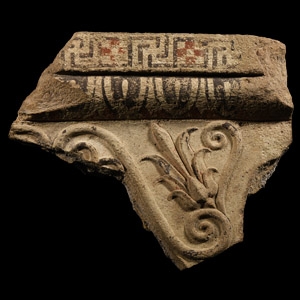
.jpg)


.jpg)
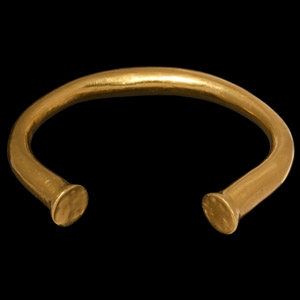
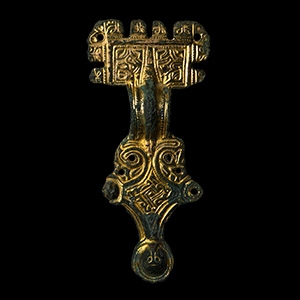

.jpg)
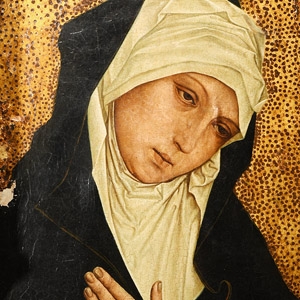

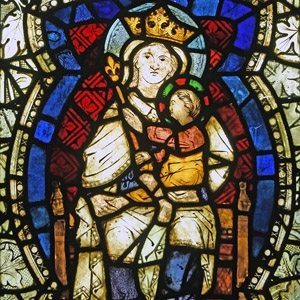
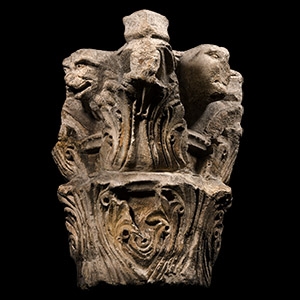
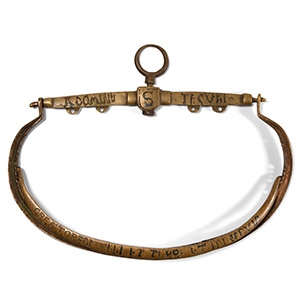
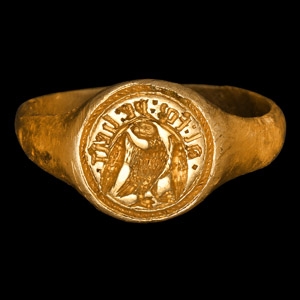
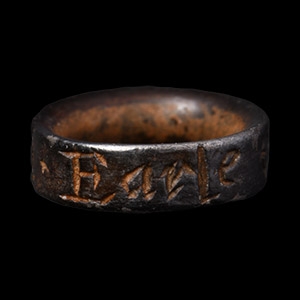
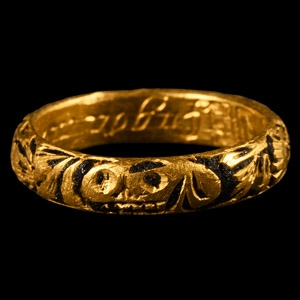
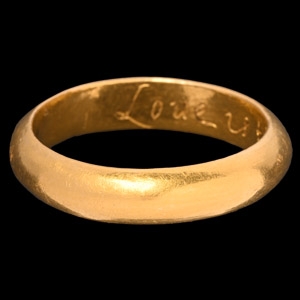
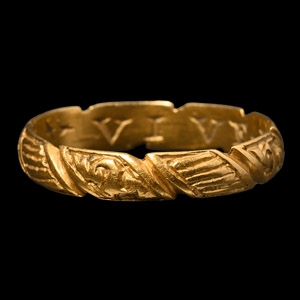
![English Milled Coins - George VI - 1937 - Cased RM Proof Coronation Gold Set [4] English Milled Coins - George VI - 1937 - Cased RM Proof Coronation Gold Set [4]](https://timelineauctions.com/upload/images/items/small/203351-s(2).jpg)

.jpg)
